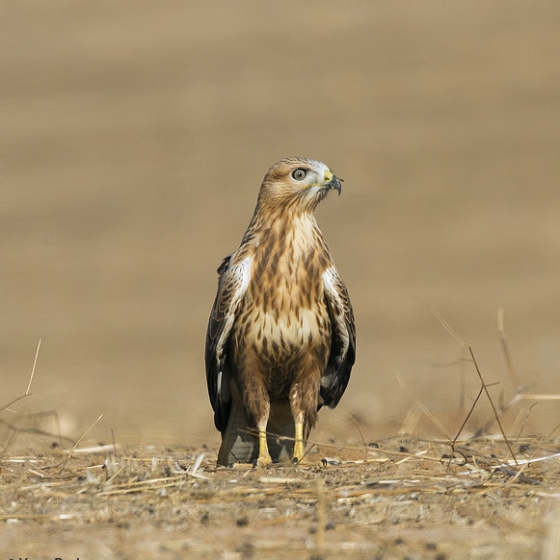Long-legged Buzzard
Buteo rufinus (Cretzschmar, 1829)
LOLBU  2880
2880

Family: Accipitriformes > Accipitridae

Long-legged Buzzard is an exceptionally rare visitor to Britain, only added to the British List because of a bird photographed in 2019 on Shetland.
Increasing numbers of reports of vagrant Long-legged Buzzards from northern continental Europe suggest that the Shetland individual will not be the only one to grace our shores.
Identification
Develop your bird ID skills with our training courses
Our interactive online courses are a great way to develop your bird identification skills, whether you're new to the hobby or a competent birder looking to hone your abilities.
Browse training coursesStatus and Trends
Population size and trends and patterns of distribution based on BTO surveys and atlases with data collected by BTO volunteers.
Movement
Information about movement and migration based on online bird portals (e.g. BirdTrack), Ringing schemes and tracking studies.
RINGING RECOVERIES
View a summary of recoveries in the Online Ringing Report.
Biology
Lifecycle and body size information about Long-legged Buzzard, including statistics on nesting, eggs and lifespan based on BTO ringing and nest recording data.
PRODUCTIVITY & NESTING
Sample sizes are too small to report Productivity and Nesting statistics for this species.
CODES & CLASSIFICATION
Field Codes 
|
5-letter code: LOLBU | Euring: 2880 |
For information in another language (where available) click on a linked name
Links to more studies from ConservationEvidence.com
Would you like to search for another species?




Share this page